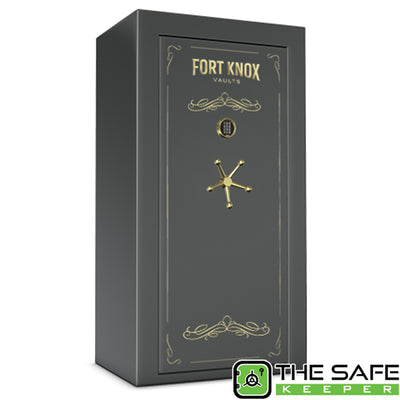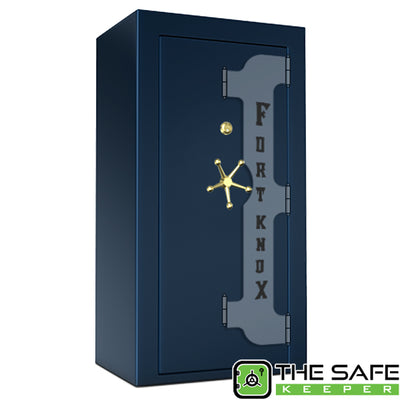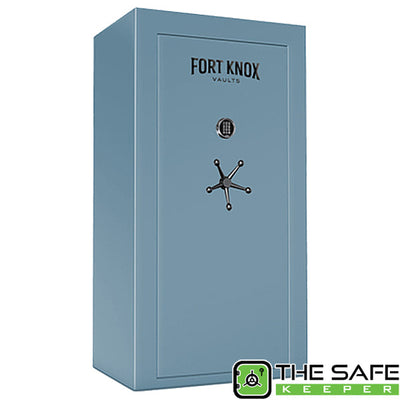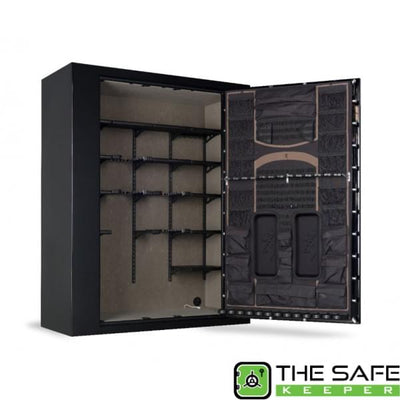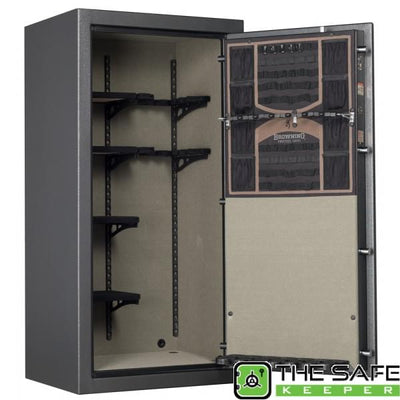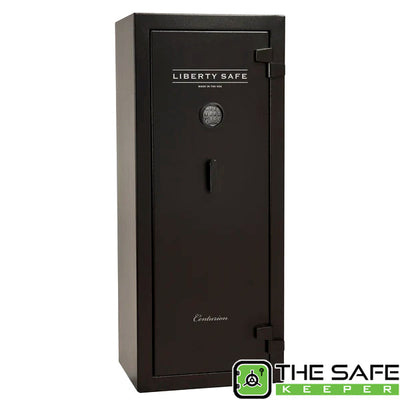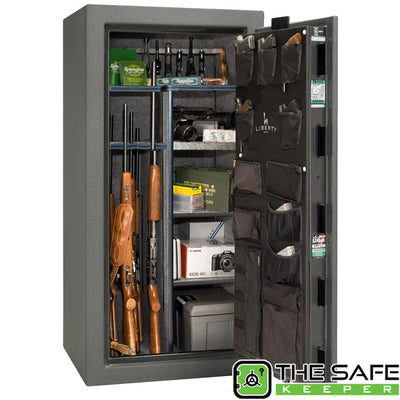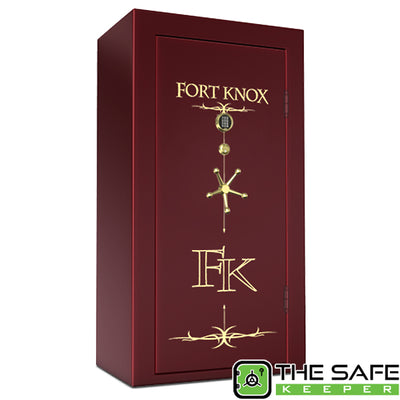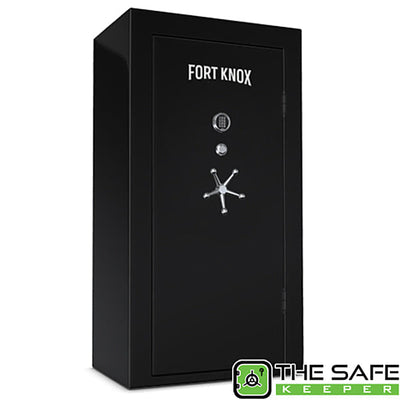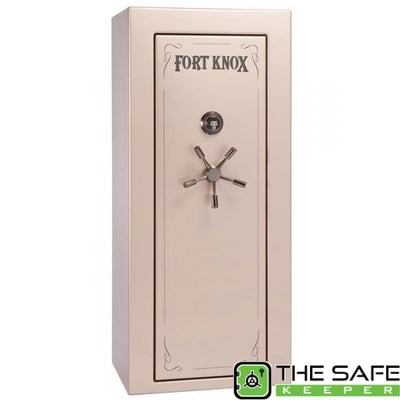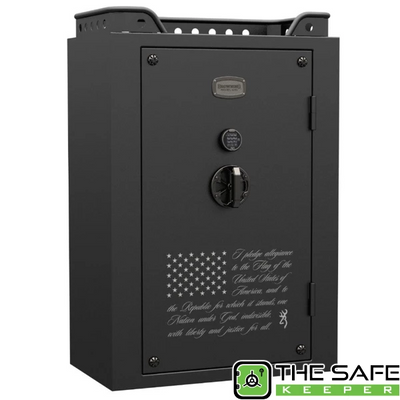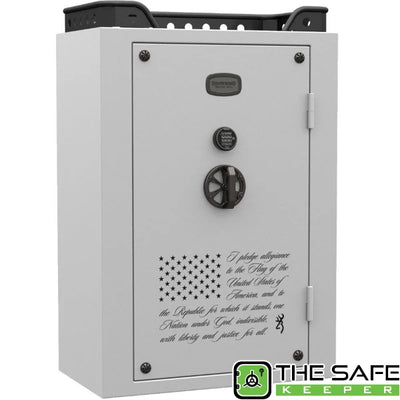What to look for when Buying Gun Safe
This gun safe buying guide will show you what to look for when buying a gun safe. Weather you are buying a used gun safe of a new gun safe, you can benefit from watching this educational video. Don’t be fooled by the big box stores offering imitation safes. Watch this video and find out what you should be looking for when buying a gun safe.
James Stoddard – Founder of Summit Safe is very knowledgeable person when it comes to Gun Safes. In this video he explains the key features to look for when purchasing your next safe. Aspects like Door Gap, Door Construction, Bolt Rigidity and Door Frame Construction are very important. They should never be overlooked when shopping for a Gun Safe. So do yourself a favor, watch this video and educate yourself. Choose a product that suit and protect your valuables.
- How to Avoid Buying the Illusion of Security
- What to Look for When Buying a Gun Safe
- Door Gap: How It Affects Your Security
- Door Construction: How Much Steel Is in the Door?
- Bolt Rigidity: How It Affects the Ability of the Safe to Resist Prying
- Door Frame Construction: How It Affects the Locking Lugs
- How to Buy the Best Safe for Your Money
How to Avoid Buying the Illusion of Security
Several years ago, rogue Safe in Medford, Oregon made a video called Security on Sale. In that video, it's showing two men pried the safe door open on a safe in a minute 40 seconds. People that are buying that kind of safe think they're buying real security, and in many instances, they're buying the illusion of security. If you've not seen that video, you can go to our website www.summitsafes.com and look at that video. This video is an educational video to show you how to prevent that from happening. This safe here is was owned by one of our customers. The door was primed open and his treasures were stolen. He was buying the illusion of security, not real security.
What to Look for When Buying a Gun Safe
We're going to go over several things in this video to show you how to buy the best safe for your, for your money. First, we're going to go over a door gap. We're gonna go over door construction, we're gonna go over boat rigidity, and we're gonna go over door frame construction. Those are the things that keep somebody from being able to pry your safe open. This video is not intended to be a promotional video where we say one brand is better than another. I simply want to have an educational video to show you what to look for when you purchase your next safe.
Door Gap: How It Affects Your Security
In this segment, we're gonna look at the door gap and how that affects your security on this. Safe, there's quite a big door gap. I can fit a piece of quarter-inch steel into that gap. On this Safe, we're able to only put a piece of 14 gauge steel in there. So considerably less door gap. So the comparison between the two is like that.
The reason that's important is in a pry attack, if you can't get a pry bar in there, you're gonna be less successful in getting in the door. This door, I can easily get a good size pry bar in there and exert pressure on the door. On this one, that pry bar won't even come close to going in.
Door Construction: How Much Steel Is in the Door?
In this segment, I'd like to talk about the door construction and how that relates to a pri attack. There are really three styles of door construction. There's what's called a composite door like this safe, where they take a piece of sheet metal and they bend it around, giving it a heavy looking edge, but it's really pretty thin steel on some composite doors, they weld in another piece of steel across the back, giving you two layers of steel. The reason this is important is because with less steel in the door, the door is less rigid. As you can see on this door, there's quite a bit of flex in that door. There's also plate steel door safes, more like this one here. This one you get a quarter inch edge. This particular safe can be upgraded to a three eight, so a half inch piece of steel in the door, and with a plate door, you pretty well get what you, what you see. There are doors, however, that look like a plate door that are a laminated door where they have a thin piece of steel, and then they weld some layers of steel to give the edge a heavier look. It does help with pry resistance because it's on the edge where you would pry, but you're better safe to use a full sheet of steel and give a much more rigid door to help with the pry protection.
Here are some examples of door cutaways of several different styles of doors. This top is an example of a plate door where you've got a half inch plate and then some fire insulation. This is a composite door where you can see you've got steel on both sides of the insulation, but they're pretty thin. This is going to be in your less expensive safes that you find on the market. There are some composite doors that are much heavier like this one here. On this one. You've got a pretty thin piece that's on the front, and then you've got insulation, and then you've got a very heavy piece on the back. So there's good safes built both ways. The important thing is that you know how much steel is in the door because that's what gets you your prior resistance.
Bolt Rigidity: How It Affects the Ability of the Safe to Resist Prying
In this segment, I'd like to talk about bolt rigidity and how that affects your prior resistance of your safe. In this safe, the mechanism is made out of 12 gauge sheet metal. That material is this thick, and that's what your bolts are hooked to. When someone tries to pry the safe, they don't bend the bolt, but often they will bend what the, what the bolt is hooked to. I'm going to demonstrate that with this pry bar. If I hook on this bolt down here, I can deflect those bolts quite a bit, very easily with one or two fingers. They can do it all the way up and those bolts will, will deflect. On this one up here, I hook onto it, and with one finger or two fingers, I'm able to bend that bolt over so that it will no longer hold.
If in a prior attack we move to this safe, which has a much more robust mechanism, the metal used in this is this thick, and so it holds the bolts much more rigidly. I can hook onto this top bolt and not with just two fingers, get it to flex, but I can do chin-ups from this one and it maintains its structural rigidity. I can hook onto any of these and pry, and I'm not able to get those to the flats at all. This is one of the most important aspects of prior resistance for your safe.
Door Frame Construction: How It Affects the Locking Lugs
The door frame is what you're locking logs hooked back behind keeping the door closed. It's important because if it bans or deforms and that bolt twists a little bit, then they can pop those bolts through in a pry attack on this safe. They take the steel body, they bend it around several times, and if you feel here, you can feel the edge of the edge of the steel. It's pretty thin. In fact, if I go like this with my fingers, I can flex it a little bit with just my finger pressure. This is the thickness of the steel that this safe is using, that those locking lus hooked back behind on this safe. They welded a piece of bar stock in. That's an inch and a quarter. That's what these locking mugs are hooking back behind. There's no way that’s going to band or deform with somebody prying the door. Even with a big pry bar, I couldn't deform or pry that, that door frame.
How to Buy the Best Safe for Your Money
I hope this video has been informative for you and we'll help you in the purchase of your next safe. It was not our intent to promote one safe over another.
It may have seemed like we were picking on this safe a little bit, but in its price category, this is a very good safe. It's simply not as heavy or secure as this safe, which costs more. In summary, we talked about the things that make a safe more prior resistant door gap and how that affects prior resistance door construction. The biggest thing there is how much steel is in the door, regardless of if it's a plate door or a composite door. Find out how much deal is really in the door, door bolt rigidity and how that affects the ability of the safe to be to resist prying, and then the door frame construction. I hope these things will help you in your decision for your next purchase. If you would like any more information, talk to one of our summit dealers or visit our website www.summitsafes.com.
Please contact us if you have any questions: click here

The Safe Keeper
James Stoddard gun safe video guides:







